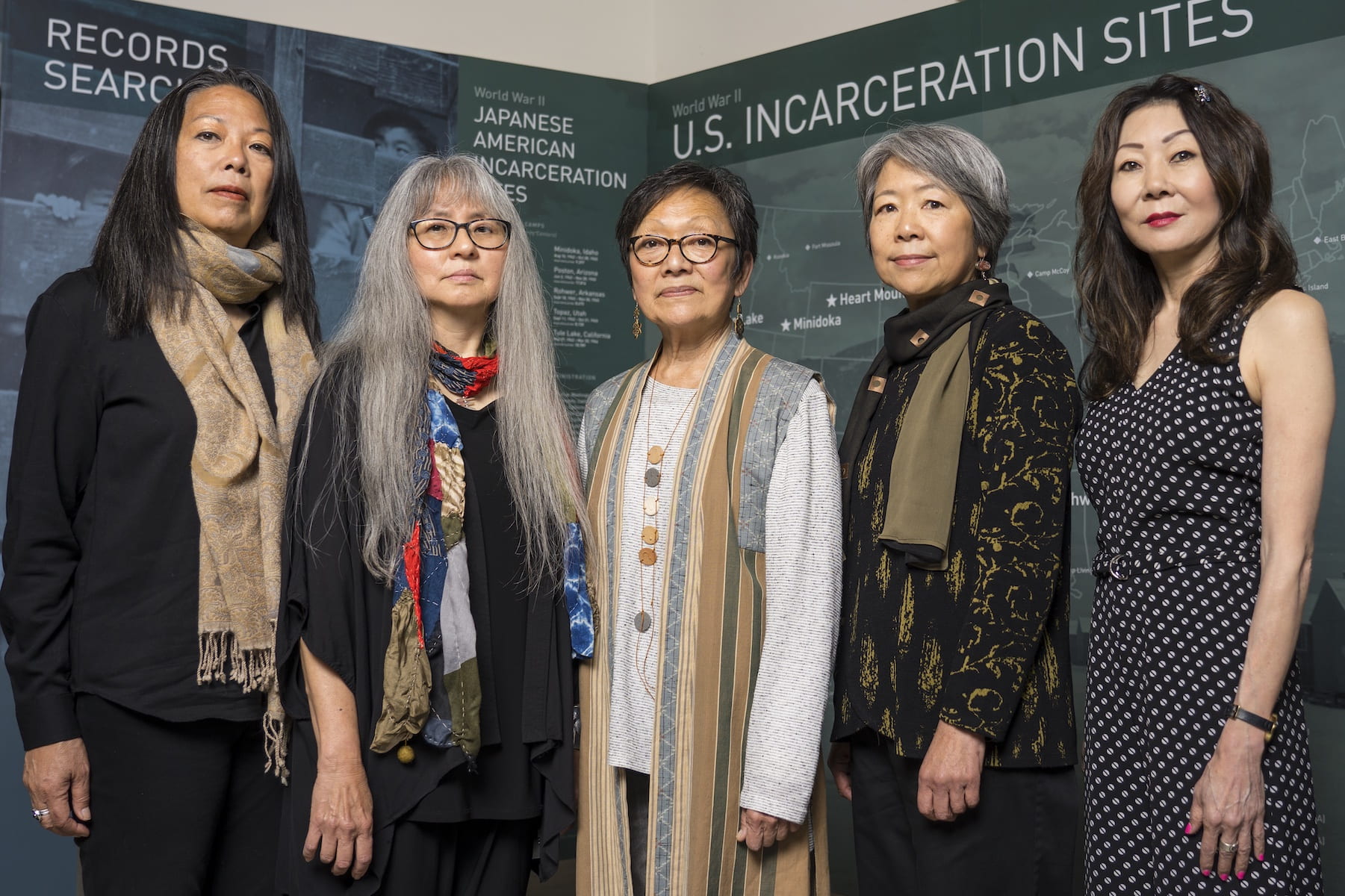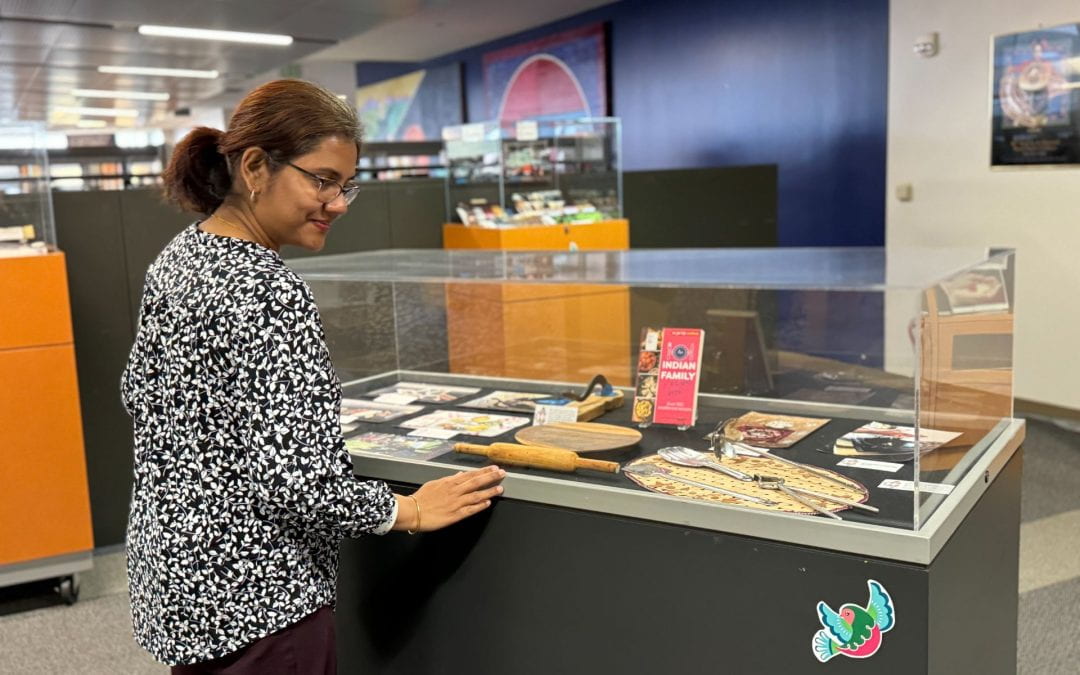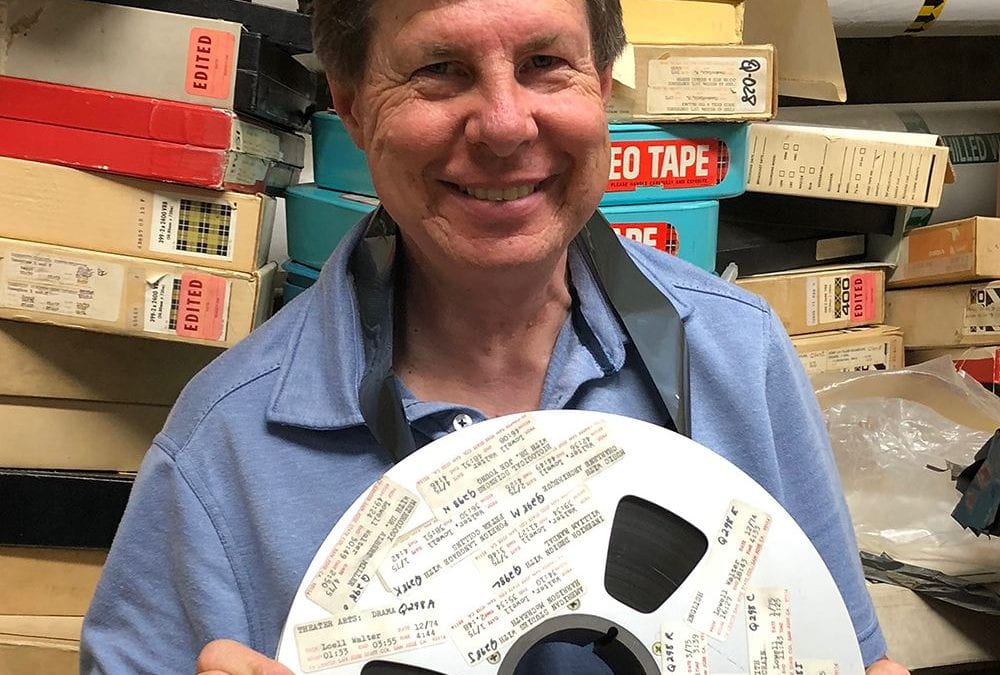Alumna Na Omi Judy Shintani’s Art Memorializes WWII Incarceration Camp Survivors

Artwork by Na Omi Judy Shintani, ’80 Graphic Design, as well as fellow third-generation (sansei) artists Shari Arai DeBoer, Ellen Bepp, Reiko Fujii, Kathy Fujii-Oka, will be on display July 24 through Sept. 3 at the AZ Gallery in the Shops at Tanforan in San Bruno. “Sansei Granddaughters’ Journey: From Remembrance to Resistance” is an interactive exhibit that honors the memories of their grandparents, who are Japanese American survivors of the incarceration camps created following Executive Order 9066 during WWII.
The AZ Gallery is on the land where the former Tanforan Racetrack and Tanforan temporary detention center stood. Nearly 8,000 people, mostly Japanese Americans from the San Francisco Bay Area, were imprisoned at Tanforan from April 28 to Oct. 13, 1942.
“This is not the kind of war story you read about in textbooks — this period is treated as a blip in history,” said Shintani. “Our exhibit shows people that they incarcerated human beings — parents, grandparents and kids. People forget they were families, locked away for no reason.”
The six-week exhibition includes the July 30th opening reception, art-making workshops, panels and an Aug. 14 screening of the documentary “Sansei Granddaughters’ Journey” (2020, 27 minutes).
“It is imperative that this atrocity lived by our families is described accurately,” said Shintani. “Using the correct terminology is crucial to understanding our history. We use the word ‘incarceration’ to emphasize the fact that a majority were U.S. citizens who were punished for looking like the enemy and treated as guilty without due process of law.”
The art is designed to inspire dialogue about racial discrimination, identity and civil liberties and the trauma experienced by those rounded up and relocated to these camps.
While the exhibit centers on honoring former incarcerees and their families, Shintani added that by memorializing this turbulent era in history, the artists hope to prevent future acts of racism, discrimination and cruelty.
“A lot of our art connects us to other communities,” she said. “How do we work to ensure that this never happens again?”
Learn more about the Sansei Granddaughters exhibit.




